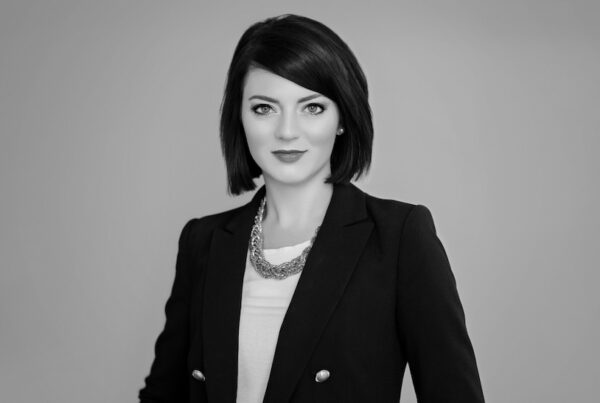News >

OMG Strikes Deal to Fuse ‘Brand Love’ Into Media Targeting
This article was originally published by Ad Age.
Terms like “purpose” and “brand love” have been bandied about for years, mostly in feel-good speeches at marketing conferences. But now Omnicom Media Group is trying to inject these soft and fuzzy concepts into the hard world of media planning.
OMG—whose agencies include Hearts & Science, OMD and PHD—struck a deal to get data from BERA, which calculates brand equity and purpose scores for some 4,000 brands globally based on consumer surveys. OMG’s agencies will use the data to identify brand purpose strengths and weaknesses segmented by audience, location and time period and then use the findings to refine and measure media planning and ad targeting based on these factors.
Of course, “brand purpose” is as elusive as it is popular, with the buzzword meaning different things to different people. BERA relies on longtime purpose evangelist Jim Stengel, former chief marketer at Procter & Gamble, who defines it as “why your brand exists beyond making money.”
BERA teamed with Stengel’s consultancy to define 13 purpose attributes that affect brand equity. They include cultural relevance, societal commitment, emotional connection, inclusivity and personal connection. The purpose scores feed into BERA’s larger brand health metrics that can be segmented by consumer demographics or geographical factors.
BERA uses a so-called “love curve” to track where brands are on the spectrum—rising and in a “dating” phase, or falling while suffering from consumer boredom and even “divorce.” Each brand is assigned a “love score”—from zero to 100—and these scores can be isolated to see how a brand is fairing within a particular region of the country or within a specific population, such as Black Americans, for instance.
“It removes a lot of the guessing game in how do you create a winning position in the marketplace,” says BERA CEO Ryan Barker.

Credit: BERA
Calculating brand survey-based equity scores is nothing new. But Omnicom is banking on the real-time nature of BERA’s data as a differentiator (surveys are done 52 weeks a year).
“The main difference is the speed,” says PHD Chief Analytics Officer Shaina Boone, who helped broker OMG’s deal with BERA. “Any longitudinal brand tracker is usually locked up inside a research department in a brand and very infrequently shared. I have seen this over hundreds of brands. It also is slow. It’s backwards looking and it usually takes six months. And [with] a big brand tracker you only get pulled maybe twice a year.”
OMG plans to use the BERA scores to help win business and to service existing accounts. “I can get a really comprehensive view of the client and the customer perception for the client and their business in about two hours,” Boone says. “For me, that is incredible during a pitch.”
Omnicom did not disclose financial terms of the deal, but touted it in a statement as marking the “first time that media agencies have been granted access to the BERA platform.”
“The idea of linking media activity to brand scores is a very good one,” says Tom Denford, CEO of ID Comms, a global management consultancy specializing in media and advertising, including running media agency searches.
Denford, who was not involved in the OMG-Bera deal or privy to its details, says marketers have “been obsessing about this balance of their investment between what goes behind short-term product sales versus long-term brand building. So that would be a really good insight to have.”
Where ads run has as much, if not more, impact as the messages they contain, he suggests. For brands with reputational issues, “don’t think that you can just take out a few full page ads in The New York Times and say something meaningful … because maybe nobody is going to read that in the right way,” he says. “You’ve really got to think about where you are going to show up with those messages.”
Recent News


